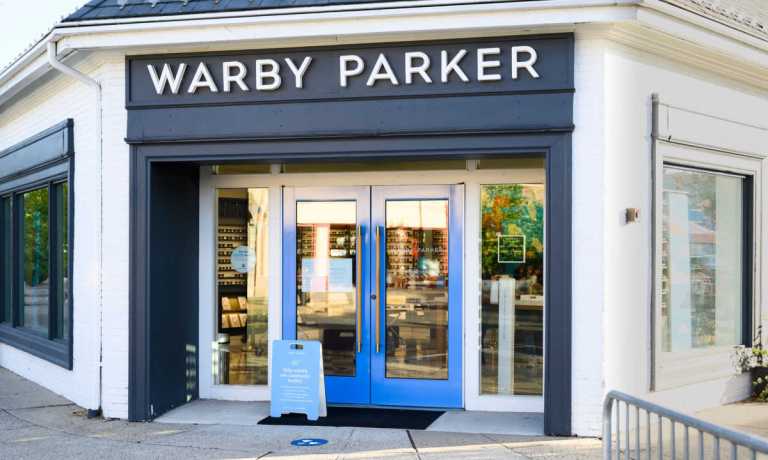Warby Parker Shoots for ‘Hundreds’ of New Stores

Two months after announcing plans to have more than 200 physical stores this year, online eyewear retailer Warby Parker is upping its goals.
Speaking to CNBC Friday (Oct. 21), Co-founder and Co-CEO Dave Gilboa said those locations are part of “a clear path to opening hundreds of stores over the next few years,” to meet a demand for brick-and-mortar retail.
“As we talk to our customers and ask them why they’re not shopping with Warby Parker, the dual highest responses are one, that there’s not a store near me, and the second is that I don’t have a current prescription,” he said. “And so we’re really working to solve those problems for customers by making our stores as accessible and convenient as possible.”
Read more: Warby Parker Accelerates Omnichannel Push
In August, PYMNTS reported that Warby Parker was pushing further into omnichannel territory with plans to open 40 new physical locations by the end of the year, a 25% jump in store count that would bring its operations to 201 stores.
“Now that our mix shift looks more like it did in 2019 in terms of where orders are being placed in stores versus online, we do have confidence that our stores serve as billboards and don’t need as much marketing support [as eCommerce],” Gilboa told investors on the company’s second-quarter earnings call.
“In general, we tend to see that our eCommerce business is more highly correlated with marketing spend and performance marketing dollars,” Gilboa added, noting that the company was facing an environment that resembled 2019 more than the past two years.
Then, too, company officials pointed to a demand for physical retail, with Co-founder and Co-CEO Neil Blumenthal noting that customer surveys show “that the biggest barriers to purchase from Warby Parker include not having a store nearby, not being able to get an eye exam and not being viewed as a place that serves all of their vision care needs.”
The company also said recently it would delve into higher price points and new products for its frames to increase margins and deepen its push into telehealth and online vision testing.
“In Q2 the number of prescriptions requested through our virtual vision test app increased more than 100% year over year,” said Blumenthal.